The Mass-Produced Model
The Japanese Ground Self-Defense Forces (JGSDF) started out with US weapons, most of which were old hand-me-downs, and gradually transitioned to domestically produced equipment as time went by.
Such trend was the same for self-propelled howitzers, with JGSDF first using American made ones before finally moving on to the “Type 74 Self-Propelled 105mm Howitzer” in the 1970s.
However, since the 105mm gun was already considered underpowered, only 20 units were ever made, making it a super rare howitzer.
Around the same time, JGSDF also introduced the “Type 75 Self-Propelled 155mm Howitzer” which later enjoyed a relatively high production of 201 units.
So, what was the difference?
- General Overview
| Mass | 25.3t |
| Length | 7.79m (25.55ft) |
| Width | 2.98m (9.77ft) |
| Height | 2.55m (8.36ft) |
| Crew | 6 people |
| Speed | 47km/h (29.2mph) |
| Range | 300km (187 mi) |
| Armament | 155mm howitzer×1 12.7mm machine gun×1 |
The Type 74/Type 75 both featured an aluminum alloy body, though the latter adopted a larger caliber in line with the global trend at the time.
The introduction of the 155mm gun increased the crew size by two people, compared to the Type 74’s team of four, and the number of shells carried inside was reduced to 28 rounds (The Type 74 had 43 rounds).
But, the Type 75 came with an autoloader, which was rare for a self-propelled howitzer during the 1970s, and could fire six rounds per minute, though the propellant charges still had to be manually loaded.
This rate is slower that the Type 74’s ten rounds per minute, but considering the difference in shell size and weight, the Type 75’s performance was more than satisfactory.
It also had a better range than the Type 74, capable of hitting targets up to 19km or 12miles.
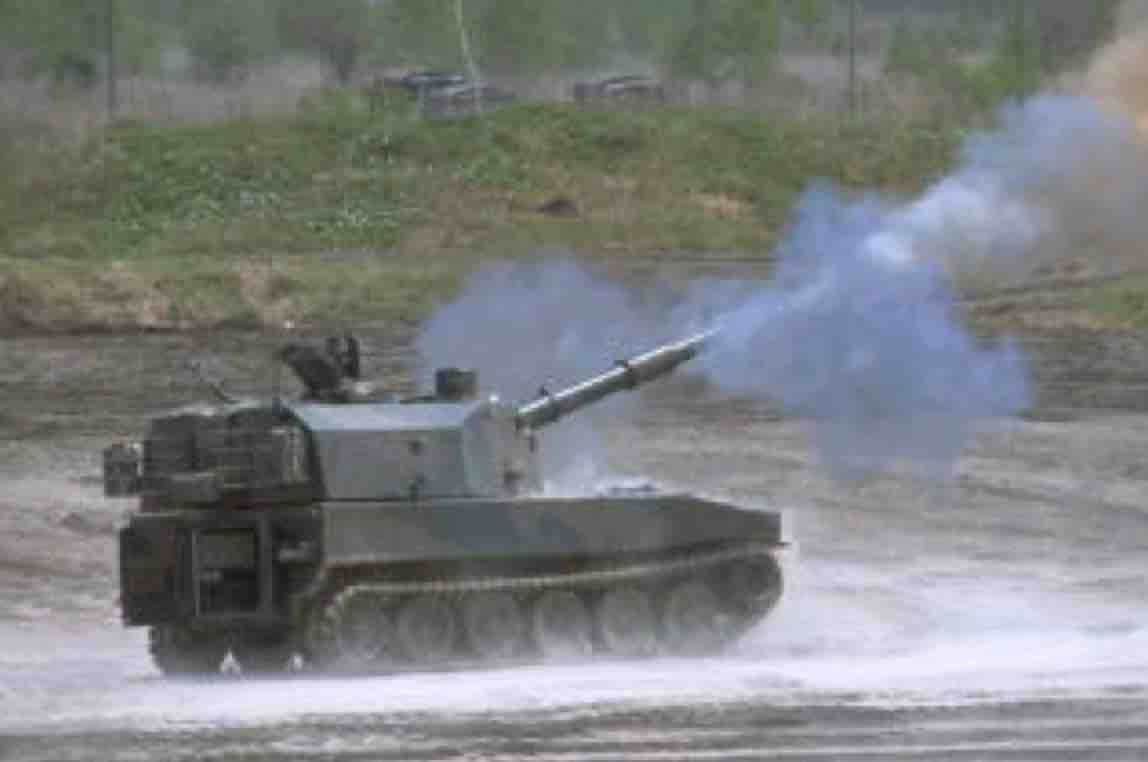 Type 75 howitzer firing rounds (photo: JGSDF)
Type 75 howitzer firing rounds (photo: JGSDF)
Although it resembled the Type 74 from the outside, the Type 75 howitzer was slightly larger and about 9 tons heavier.
But, despite its seemingly bulky appearance and increased weight, it actually demonstrated great maneuverability, allowing it to easily turn in narrow spaces.
Additionally, to ensure compatibility with the Type 74 tank and the Type 73 armored personnel carrier, the main parts of the engine were standardized, contributing to efficient field maintenance.
Such features led to a positive review from crew members, and the Type 75 was not bad in any sense as Japan’s first mass produced self-propelled howitzer.
Finally Retired In 2016
As such, the Type 75 played a significant role in Japanese weapons development, and its performance was quite commendable.
That being said, a total of 201 units was not enough for nationwide deployment, thereby limiting its deployment to the Hokkaido, where it was to counter the Soviet threat.
It was rarely seen outside of Hokkaido, and is now more commonly found, as the retired vehicles are displayed across the country.
Procurement continued from 1977 to 1985, with plans to hand over its role to the Type 99 Self-Propelled 155mm Howitzer.
But, the end of the Cold War and the subsequent arms reduction diminished the need for new howitzers. As a result, the number of Type 99 howitzers were reduced, causing further increase of its unit price.
Combined with the reduction of artillery units, the Type 99 only saw 136 units being built, forcing the Type 75 to continue its serve until 2016.





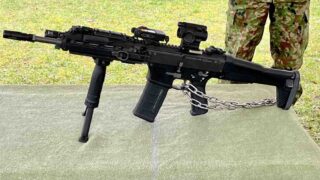




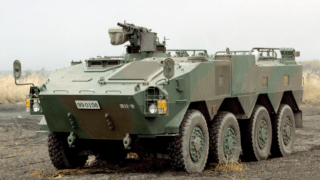
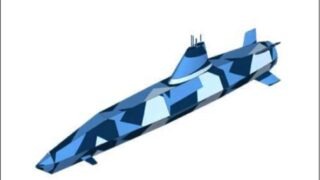






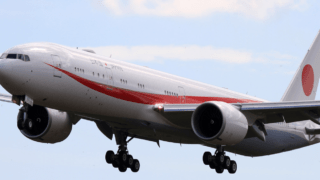

Comments